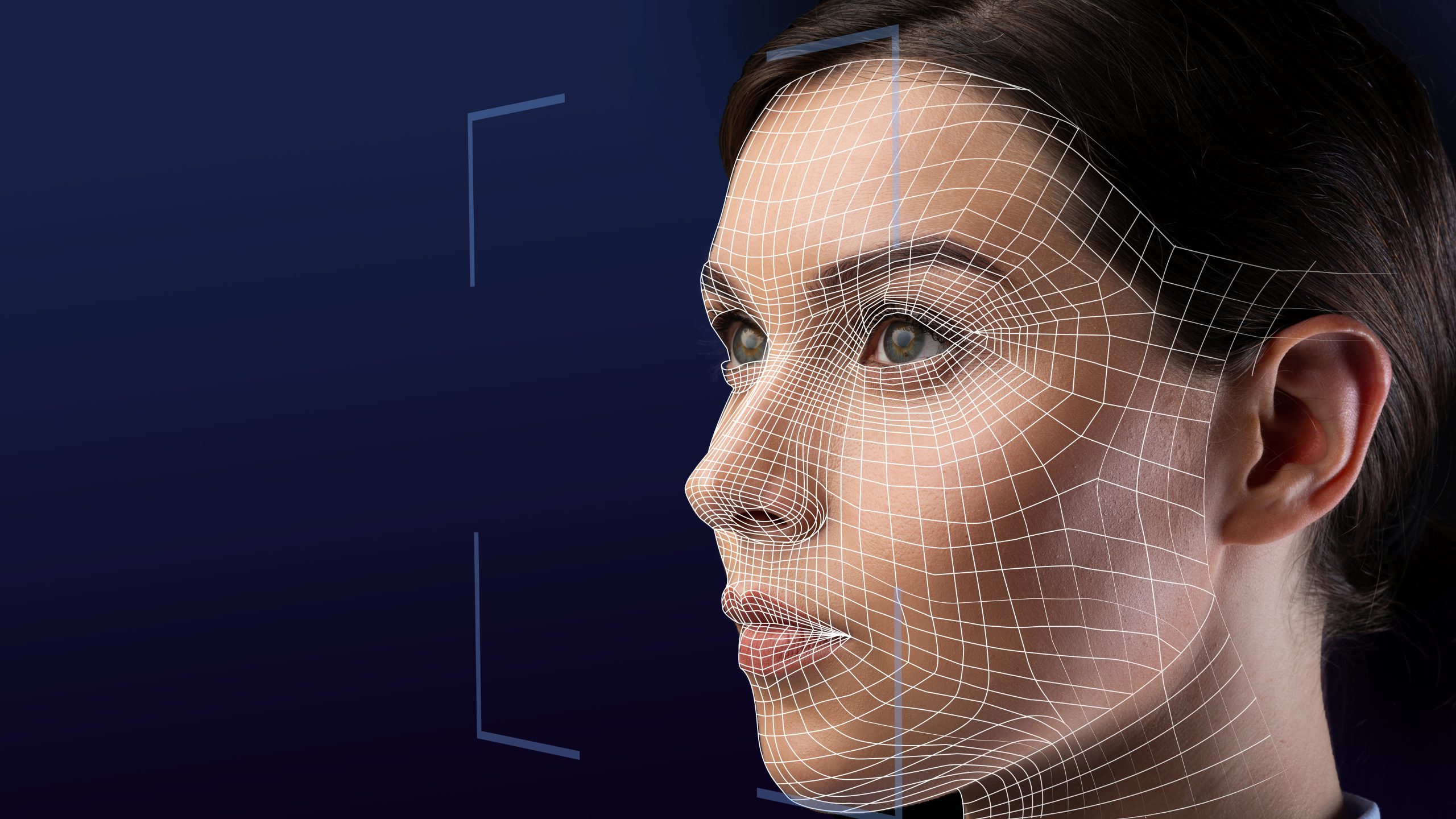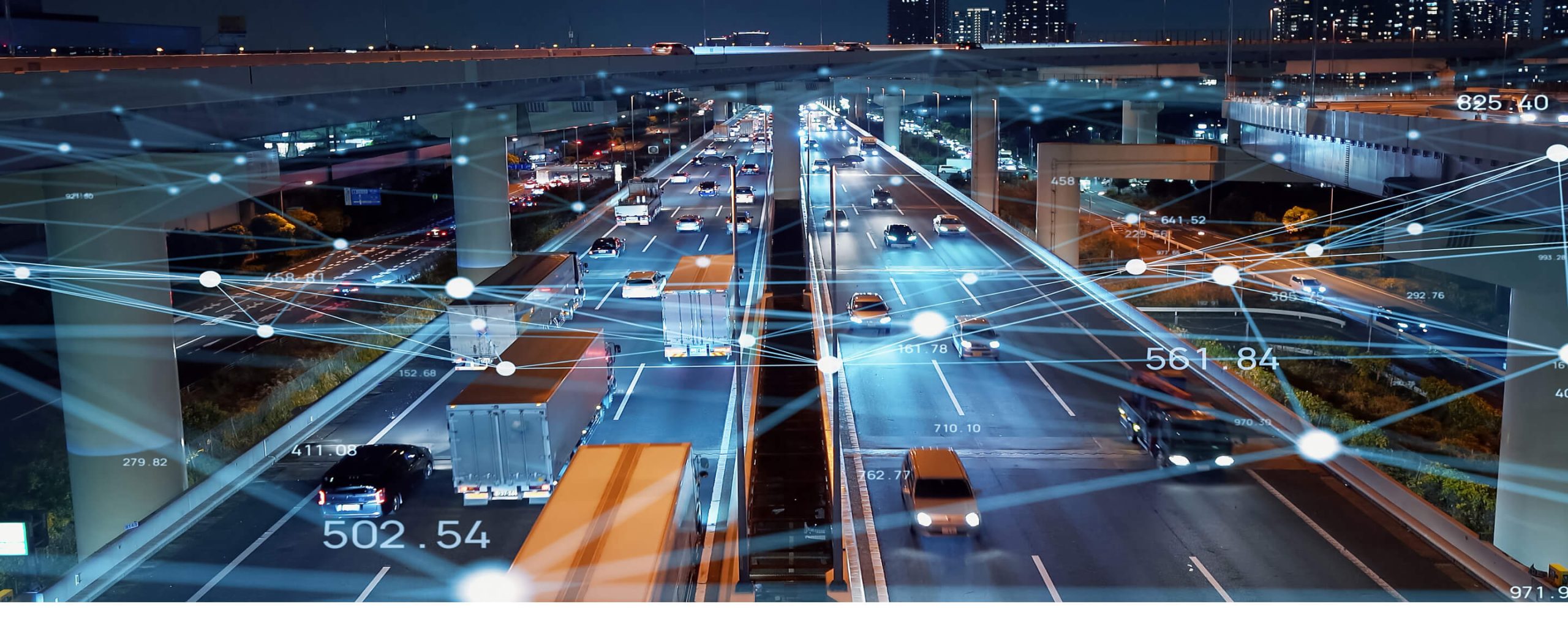How Will AI Change Workforce Management Software in the Future?
A survey by Microsoft indicates that 71% of European companies consider artificial intelligence (AI) an important topic on the executive management level. In addition, 89% of respondents expect AI to bring about business benefits through optimizing operations.
The rise of AI has opened up new opportunities for streamlining a range of HR processes. From talent management to compensation management to WFM, AI can manage complex operations in ways that were once impossible. But what does the future hold?
This article will review some of the ways in which AI is already in use, as well as some applications that are likely to grow in future.
Common Applications of AI in Enterprise Workforce Management Systems
Automated Employee Scheduling
Creating accurate employee schedules is a critical part of any organization’s success, but it can often be time-consuming. However, with AI-powered workforce management solutions, this task becomes much more manageable.
AI can automate the scheduling process by taking into account employee preferences, qualifications, and availability to create optimal schedules. This not only reduces the time and effort required for managers to manually create schedules but also ensures that employees are assigned based on their skills and experience.
Furthermore, AI can help overcome the challenge of calculating accurate resource requirements. With the ability to analyze vast amounts of data, it can accurately forecast future demand and create flexible schedules for employees. This allows managers to improve the allocation and utilization of resources, reducing the risk of burnout, wasted work hours, or delays in completing tasks.
Workforce management solutions leveraging AI can also evaluate the effect of unplanned time off on the schedule. This allows managers to create contingency plans and ensure that work is distributed evenly across employees, leading to a more balanced workload and reduced stress levels.
Data-Driven Decision-Making
The best workforce management software enables data-driven decision-making. With the help of AI, managers can make informed decisions based on data insights into workforce trends, performance metrics, and other key data points.
Machine learning algorithms are used to analyze how users, especially managers, handle different tasks, and once strong patterns are identified, they can be automated. For instance, if the AI system detects that a manager has performed an action 20 times, it will prompt the manager to automate the action from then on.
One of the benefits of using AI for data-driven decision-making is that it allows managers to listen to what their data is telling them. AI can alert managers to employee patterns that could highlight anything from a flight risk to an employee’s potential for promotion. Weekly reports generated by AI can also help managers understand the impact of edits they’ve made to the schedule.
Predictive Analytics
Predictive analytics is becoming increasingly important in workforce software, as discussed in a previous article. To recap, by analyzing historical workforce data, AI can predict future staffing needs, allowing organizations to proactively adjust their workforce schedules and plan for future demands. This can help prevent overstaffing, understaffing, and missed opportunities.
For instance, AI can analyze a variety of data streams relevant to your business, such as public holidays, weather patterns, and big events taking place in the vicinity of your outlets in order to create more accurate forecasts. This can help organizations make better decisions on staffing levels, schedule optimization, and resource allocation.
AI can also help businesses take advantage of unusual data streams that may have previously gone unnoticed. For example, data from Google searches can provide valuable insights into employee health trends.
Search trends for keywords such as ‘colds’ and ‘influenza’ have been shown to correlate with the number of sick days taken in certain months; by analyzing this kind of data, AI can anticipate staffing levels throughout the year and allow managers to plan accordingly in response.
AI-Powered Payroll Processing Software
Payroll processing is a complex task that requires a great deal of attention to detail. The manual processing of payroll can be time-consuming and prone to errors, leading to costly mistakes – and this is where AI-based automation solutions can be a game-changer.
By adopting an AI-based payroll management system, organizations can process payroll accurately and much faster. This leads to on-time and error-free payment, which means happy employees. The complex payment requirements of employees, particularly in hybrid, remote, and flexible work environments, can be managed more efficiently using AI-based payroll processing.
AI-based solutions can also help organizations maintain payroll compliance, which is essential for any organization to avoid penalties and litigation. Navigating payroll laws manually can be challenging; however, AI-powered payroll management solutions can easily apply all required rules during payroll calculations, ensuring the necessary tax rates and other items are taken into account. This makes payroll compliance vastly easier for organizations, freeing up time and resources to focus on other important business tasks.
Growing Areas of AI in WFM
Facial Recognition for Attendance Tracking
Some WFM systems use fingerprint scanning when employees clock-in and clock-out. Another option which is not widely used yet is facial recognition. By integrating this technology with time clocks, organizations can rest assured that employees won’t be able to clock in or out on behalf of their colleagues. These systems send automatic alerts to management if there is a discrepancy between the image stored for the employee and the appearance of the individual in front of the camera.
AI Powered Chatbots for Information Sharing
Chatbots are a form of conversational interface that can simulate human conversation. These bots are designed to understand natural language, which means employees can interact with them as they would with a human colleague.
Chatbots can be used to share all kinds of information, from company policies and procedures to employee benefits and work schedules. This makes it easy for employees to ask questions, seek guidance, or access information without having to go through the time-consuming process of manually searching for it or contacting certain personnel.
One of the key benefits of using chatbots for information sharing is that they can provide personalized responses to employees. Chatbots can use machine learning algorithms to analyze employee interactions and learn from them. This allows them to provide customized responses based on an employee’s past interactions, preferences, and work history.
Moreover, chatbots can also be used to automate the onboarding process for new employees. They can provide new employees with all the necessary information about their roles and responsibilities, the company culture, and more.
Combining AI with the Internet of Things
The Internet of Things (IoT) refers to the network of internet-connected devices that are equipped with sensors and software in order to exchange information and perform various tasks. By leveraging IoT technology, organizations have been able to address challenges related to communication, resource management, productivity, and employee satisfaction.
One example of how AI and IoT could transform workforce management is in the retail industry. By leveraging IoT sensors and devices, such as smart shelves, beacons, and cameras, real-time data could be collected on inventory levels, customer behavior, and store traffic. This data could then be analyzed by AI algorithms to provide insights that can help retailers optimize their workforce.
For example, when inventory levels are low, this would allow store managers to schedule staff to restock shelves during off-peak hours. This data could also be used to analyze customer behavior to optimize staffing levels, helping retailers avoid overstaffing during slow periods and understaffing during busy periods.
Real-Time Productivity Monitoring
The ability to monitor employee performance and engagement in real-time is a powerful tool for managers seeking to optimize employee productivity. However, manually monitoring and evaluating these factors can be a time-consuming and challenging task, particularly in larger organizations.
Thankfully, AI-powered solutions can monitor performance in real-time and alert managers about areas for improvement or the need for corrective action in the moment.
For example, if the software identifies a sudden drop in engagement levels among a particular team or department, managers can take immediate action to address the issue, such as offering additional support or resources, adjusting workloads, or providing training and development opportunities.
Personalization and Skills Assessment
AI has transformed the way employee experience is personalized in the workplace. With the help of AI-powered workforce management solutions, employers can offer tailor-made training, coaching, and career development opportunities to individual employees based on their needs and goals. This not only improves their job satisfaction and engagement but also boosts productivity.
With traditional methods of employee management, there are often difficulties in determining the best way to utilize the time and skillsets of multi-skilled employees.
However, predictive analytics powered by AI can analyze employee data and figure out the most efficient way to allocate their time across different workstreams and skill demands. This reduces the chances of miscalculations based on human appraisal of capability and gut decisions.
Skill usage assessment tools in AI-based workforce management solutions can generate the most optimal schedule for individual employees across various workstreams. These tools can also predict future skill requirements, allowing employers to offer relevant training and development programs to employees in order to upskill and keep up with changing industry demands.
By personalizing employee experiences and utilizing their skills optimally, employers can not only attract and retain top talent but also ensure their business remains competitive in the long run.
Revolutionizing Performance Management
AI-based solutions will become incredibly useful when it comes to evaluating employee performance. By analyzing vast datasets, it can provide accurate and unbiased evaluations of performance which are based purely on objective data, making them fair and impartial.
Both managers and employees prefer fair evaluations, as they enable employees to be recognized for their hard work and achievements, while also providing managers with a clearer and more transparent insight into their workforce. This leads to a more just evaluation process, which ultimately leads to higher levels of employee engagement and satisfaction.
Conclusion
In conclusion, the rise of AI is opening up new opportunities for workforce management that were once impossible. It can revolutionize the way workforce management systems operate in future by providing real-time decision support that ultimately improves productivity and profitability.
Currently, AI may be integrated with a workforce management solution through automated scheduling, predictive analytics for various purposes, and payroll management. In future, we are likely to see AI combined with the IoT in order to leverage sensor data that could help optimize demand forecasting. Other growing applications include facial recognition for attendance management, the use of advanced chatbots for information sharing, and various performance management applications.
MANUS WFM is the most experienced provider of enterprise workforce management software in Europe. To discover how our workforce management system can transform your operations, contact us today to book a demo.





